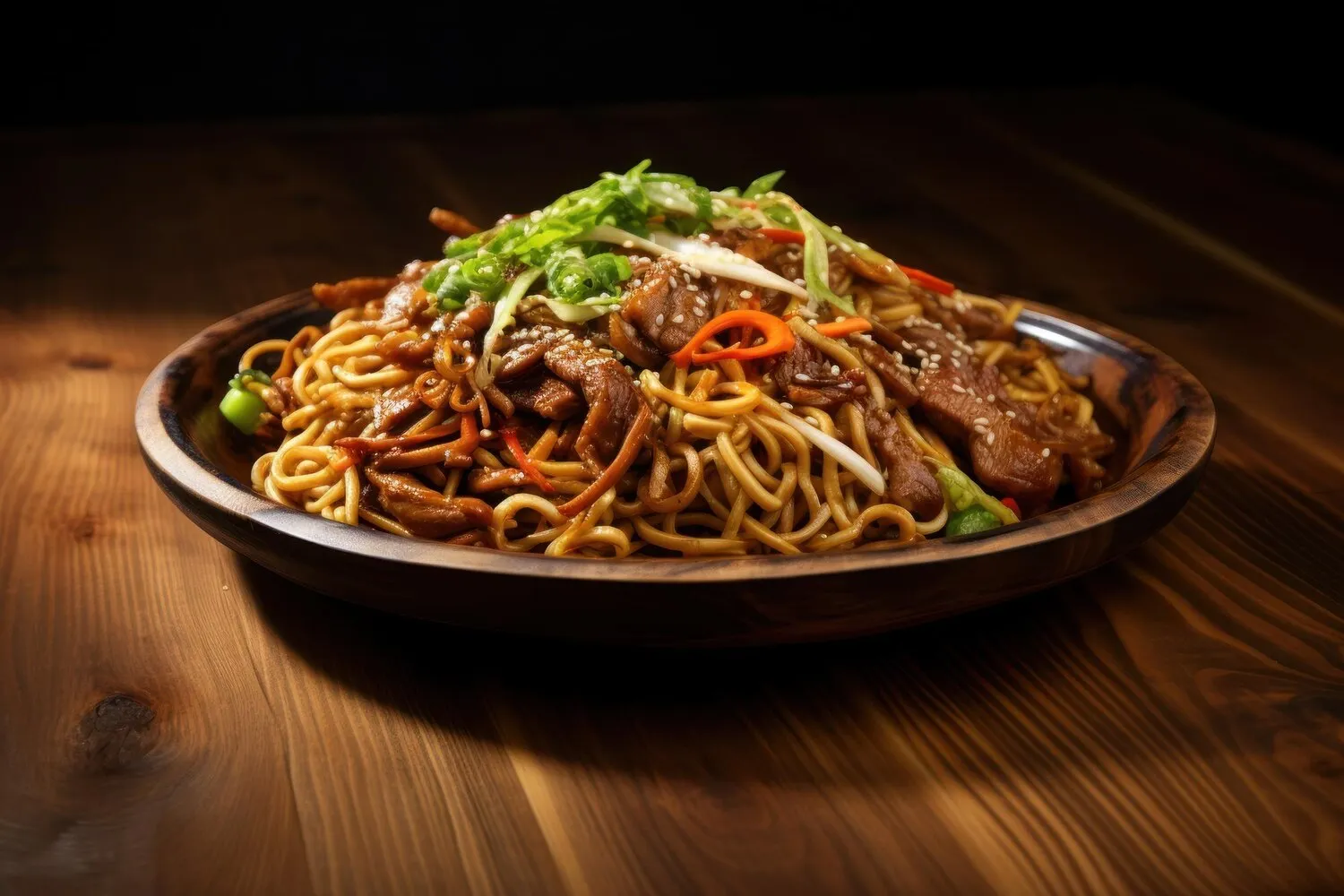
Korean Fried Chicken Bao Buns
Crispy Korean fried chicken served in fluffy bao buns.
Nutrition Facts
* The % Daily Value (DV) tells you how much a nutrient in a serving of food contributes to a daily diet. 2,000 calories a day is used for general nutrition advice.
Orion’s Roof
Korean fried chicken has its roots in post-Korean War America, with the introduction of fried chicken. Bao buns originated in China and have a long history as a staple food. This fusion combines these two distinct culinary traditions.
Korean fried chicken is a popular comfort food and social food in Korea, often enjoyed with beer. Bao buns, traditionally a simple everyday food, have become trendy in global cuisine, used as vessels for various fillings. The fusion represents a modern approach to dining, blending traditional flavors with contemporary presentation.
Korean Fried Chicken Culture
Korean fried chicken (KFC) is deeply embedded in Korean culture as a late-night snack, a party food, and a popular pairing with beer (a combination known as 'chimaek'). It signifies a casual and enjoyable social gathering.
Bao Bun Popularity
Bao buns have gained international popularity as a street food item, often filled with a variety of meats, vegetables, and sauces. Their soft texture and adaptability have made them a versatile canvas for culinary creativity.
Fusion Cuisine
The dish embodies the modern trend of fusion cuisine, where chefs creatively combine ingredients and techniques from different cultures to create new and exciting culinary experiences.
This dish offers a delightful balance of sweet, spicy, savory, and umami flavors, combined with contrasting textures of crispy chicken and soft, fluffy buns.
The Korean fried chicken boasts a crispy exterior achieved through a double-frying technique and a sweet and spicy glaze made with gochujang (Korean chili paste), soy sauce, garlic, ginger, and honey or sugar. The bao buns provide a soft, slightly sweet counterpoint. Pickled vegetables, such as kimchi or pickled daikon radish, add a tangy and refreshing element, cutting through the richness of the chicken and sauce. Other common additions include sesame seeds for nutty flavor and a visual appeal.
Double Frying for Crispiness
Double-frying the chicken is crucial for achieving the signature crispy texture. Fry once at a lower temperature (around 300°F) to cook the chicken through, then fry again at a higher temperature (around 350°F) to achieve maximum crispness.
Homemade vs. Store-Bought Bao Buns
While homemade bao buns offer the freshest flavor, good quality store-bought bao buns can be a convenient option. Ensure they are properly steamed or warmed before serving to achieve a soft and fluffy texture.
Sauce Consistency
The sauce should be thick enough to coat the chicken evenly but not too thick as to become sticky. Adjust the amount of honey or sugar for desired sweetness.
Pickle Variety
Experiment with different types of pickled vegetables to find your preferred flavor combination. Kimchi, pickled daikon radish, or even quick-pickled cucumbers can all work well.
Explore additional Asian dishes and restaurants
Explore AsianDiscover top dining spots and culinary experiences in Virginia Beach.
Explore Virginia BeachLearn more about the food culture, restaurant scene, and culinary heritage of United States.
Explore United States